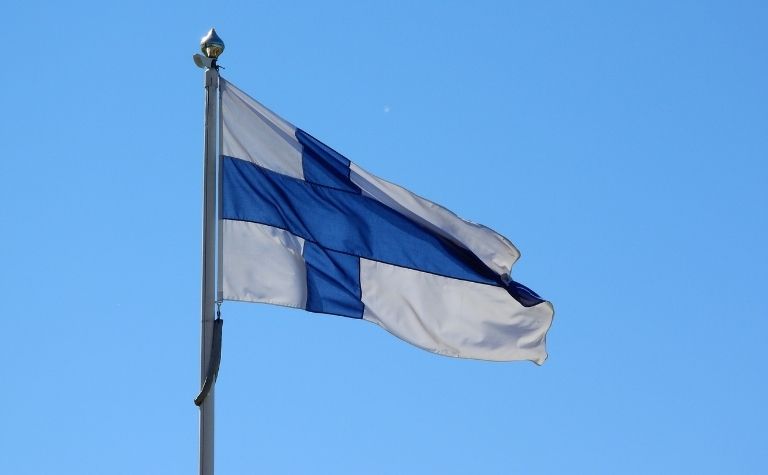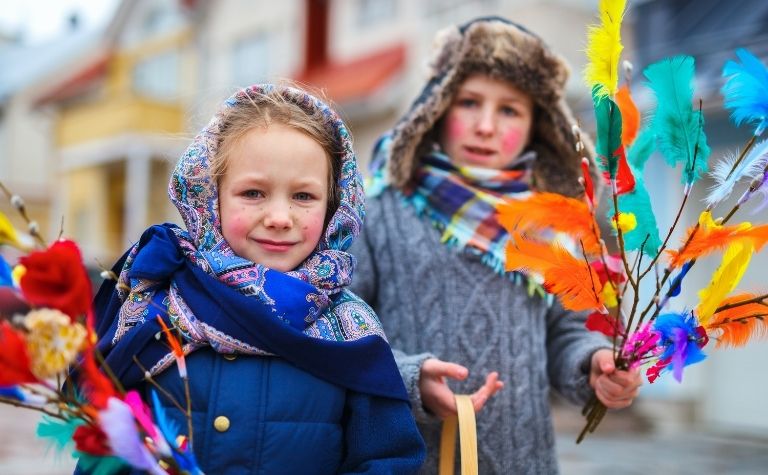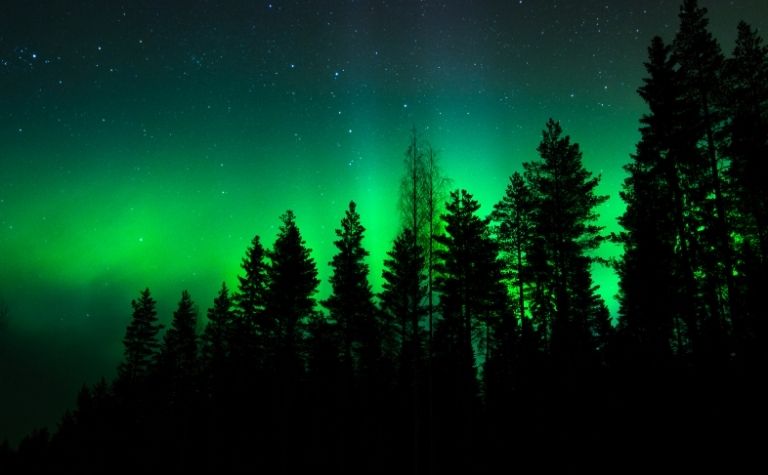Modern-day Finland is just a short voyage away from Sweden and Norway, where the Viking peoples thrived from 800 to 1066 CE.
At that time, Finland consisted of various tribes, spanning from Western Sweden to Russia and Estonia.
Some of these tribes had closer relationships with the Vikings than others, and those in the Baltic may have been Vikings themselves.
The Finnish people are not Vikings since they did not speak Old Norse and had a unique culture separate from the Scandinavian Vikings.
However, the Viking-Age Finnish peoples often traded with Vikings and took part in sea raiding, and some Baltic Finns were Vikings.
The people who lived in modern Finland during the Viking Age came under the influence of the Vikings, but they never lost their culture or language, which is what divides them from the rest of the Vikings.
However, those who lived across the Baltic Sea and Lake Lagoda in the southwestern reaches of historical Finland may have been Vikings themselves.
Also see Were the Vikings Celtic? to learn more.

Why Do Some People Assume That Finns Have Viking Ancestry?
Currently, Vikings are defined as “Scandinavian seafaring pirates,” and the area that comprises modern Finland is not part of Scandinavia. [1]
In addition, most Vikings spoke Old Norse, while the inhabitants of modern Finland spoke various dialects that eventually evolved into Finnish.
Likewise, these Finnish tribes had unique religious beliefs. So, following that definition, the Finnish were never Vikings.
However, Finland was once much larger than it is today, and it comprised many unique tribes.
While some of these tribes only suffered raids and traded with the Vikings, others adopted Viking culture and neighbored Viking settlements.
Some people assume that the Finns have Viking ancestry because the Vikings raided and traded in modern Finland.
In addition, some of the Baltic Finns living southwest of modern-day Finland were Vikings.
Since Finland was not yet a united country during the Viking age, modern scholars divide Viking-Age Finland into Western Finland and Eastern Finland.
Western Finland refers to the land now called Finland, while Eastern Finland includes parts of modern Latvia, Estonia, and the Eastern Coast of Lake Ladoga in Russia.
Each of these regions had a significantly different relationship with the Vikings.
Viking-Finnish Relations in Western Finland
Although Western Finland is not Scandinavian by cultural definitions, the Viking-Age peoples of this area are closer to the Vikings than not.
The Western Finns fell under heavy influence from the Vikings, and they adopted some Scandinavian practices and material culture over time.
Although strong literary sources for Finland during the Viking Age are lacking, gravesites packed with Viking material goods and swords indicate that the Finnish tribes were avid warriors, much as the Vikings were. [2]
However, the Vikings never took over Western Finland, nor did they establish large settlements.
They likely never attempted to settle in modern-day Finland since it was cold, and the land was notoriously challenging to farm.
Instead, the Finnish trading hubs, which connected Russian territories with the Scandinavians, were often targets for Viking raids.
So, the relationship between the Western Finns and Vikings is complicated, leading many people to question how closely these Finnish tribes were related to the Vikings.
Based on the evidence, the Vikings and Finns had a close relationship through trading and raiding.
Still, the Western Finns maintained a separate identity from the Scandinavians since the Vikings never settled permanently in the area that comprises modern-day Finland.
Also see Vikings and Anglo-Saxons Compared to learn more.

Viking-Finnish Relations in Eastern Finland
The two predominant tribes in Eastern Finland were the Karelians, centered around Lake Ladoga in modern-day Russia, and the Estonians in modern-day Estonia.
The Vikings had settlements in Estonia, predominantly on the island of Ösel.
These Vikings were known as Öselians, and they can accurately be called Finnish Vikings, although modern border classifications would categorize them as Estonian Vikings.
These Vikings rose to prominence around the 10th century CE.
The Öselians were allied with the Karelians, and both tribes had a strong relationship with the Scandinavian Vikings.
These two tribes worked with the Vikings on raids, used similar ships to the Viking longboats, and were identified as Vikings by Danish Historian Saxo Grammaticus and later Roman geographer Ptolemy. [3]
Marika Mägi, an archaeologist and author, has studied these two Baltic-Finnish tribes and their relationships with the Vikings.
She found that much of the material culture from Viking Age Estonia is identical to that found in Sweden, indicating that there were Viking settlements and Vikings in Estonia.
So, some of the Finns were Vikings. However, those who live in modern Finland are likely unrelated to the Vikings.
Also see Did the Vikings Discover America? to learn more.

What Ancestry Do Finns Have?
During the Viking Age, Finland was not yet a country. The area of modern Finland was populated by many tribes, such as the:
- Tavastians
- Karelians
- Savonians
- Kvens
These peoples hunted for sustenance, and the area became a hub of trading and fur production during the Viking Age.
However, before these tribes formed, the Finns shared ancestors with the Vikings.
Finns have Scandinavian ancestry, and their ancestors migrated from Western Scandinavia to Finland directly following the Ice Age.
Finns lived in semi-isolated communities following the great migration and have little genetic diversity today.
In 2005, geneticist Leena Peltonen undertook the immense task of mapping the Finnish genome. [4]
She found that Finns have a small, very similar gene pool, indicating that those Finns who live in modern-day Finland have long lived in isolated communities with little international intermarriage.
Finns have developed a unique and incredibly homogeneous gene pool through their isolation, which lasted well throughout the Viking Age.
Also see 5 Traditional Female Viking Hairstyles to learn more.
Who Are the Descendants of the Vikings?
The descendants of the Vikings are the Swedish, Danish, and Norwegians.
However, the Viking’s seafaring and settlements resulted in a large amount of genetic mixing, spreading Viking genes all over Europe and eventually worldwide.
DNA evidence from Viking gravesites and modern developments in scholars’ knowledge of Vikings indicate that Vikings did not have a distinct ethnicity. [5]
Among those who received traditional Viking burials were of Irish, Baltic, Italian, and Asiatic ancestry.
This study led researchers to re-orient their definitions of who the Vikings were and see the title of Viking as social rather than ethnic.
However, through their expansion, traveling, and trading, Vikings intermarried a lot, passing down Scandinavian genes.
This claim is further verified by a study from BritainsDNA, which proved that one in 33 people in the UK can claim Viking ancestry today. [6]
However, those Vikings who stayed in Sweden, Norway, and Denmark are the direct ancestors of native Swedes, Danish, and Norwegians.
Conclusion
Finnish people are not Vikings, although the Baltic Finns were. Modern Finnish people share ancestry with Scandinavians but were more genetically isolated than the Vikings.
Also see Were the Dutch Vikings? to learn more.
References:
[1] Source
[2] Source
[3] Source
[4] Source
[5] Source
[6] Source
